
UDK: 616-089.844:611.018
T.V. Mutova1, M.A. Zatolokina2, B.S. Sukovatukh1, A.I. Bezhin3, A.V. Prusachenko2, .S. Zatolokina2
ФГБОУ ВО «Курский государственный медицинский университет» Министерства здравоохранения Российской Федерации, 1кафедра общей хирургии; 2кафедра гистологии, эмбриологии, цитологии; 3кафедра оперативной хирургии и топографической анатомии
Introduction. Over the past quarter century, revolutionary changes have occurred in the Russian herniology associated with the active introduction of endoprostheses into hernioplasty, the use of which reduced the number of relapses to 3–5 %. At the same time, at the site of implantation, a prosthetic-tissue complex is formed, the physicomechanical properties of which determine the number of complications and relapses after surgery. The purpose of this work was to study the physicomechanical properties of the formed prosthetic-tissue complex after implantation of the endoprosthesis. Выпуск 4 (68). 2018 123 Material and methods. The study of the physicomechanical properties of the prosthesis-fabric complex was carried out on an REM-0.2-1 tensile testing machine on the basis of the research laboratory of the FSBEI HE KSMU of the Ministry of Health of the Russian Federation. The following indicators were calculated: breaking load, relative breaking elongation and tensile strength. Measurements were performed along a looped row and along a looped column. It was taken into account that the indicators of elasticity and relative rupture elongation under load characterized the elastic properties of the endoprosthesis, and the indicator of the ultimate strength – the strength properties of the endoprosthesis. The obtained digital data was processed using the software package Statistica v. 8.0 (StatSoft Inc., USA). Differences were identified at the 0,05 significance level. Results. During the implantation of the endoprosthesis «Gineflex», by the 21st day of the experiment, the prosthesistissue complex that was being formed was more elastic under conditions using the PRP technology. The elasticity of the prosthesis «Gineflex» ultralight after implantation was greater, since relative to the initial values, the decrease in elongation of the complex «prosthetic-tissue» with the introduction of autoplasma into the wound, enriched with platelets, ultralight was 7 %. Without the use of PRP technology, the reduction was 10 % along the hinge bar. The study of the strength properties of the emerging prosthetic-tissue complex during the implantation of the Gineflex ultralight revealed large values of the breaking load and, as a result, greater strength along the stitch row and hinge column under the conditions of PRP technology. «Gineflex» ultralight had the greatest strength, the maximum values of the breaking load of which were observed along the stitch column. By the end of the experiment, the breaking load, in comparison with the initial data, increased by 2 times along the hinge bar and 1,6 times along the hinge row. Conclusion. The use of PRP technology in endoprosthesis replacement with the «Gineflex» endoprosthesis ultralight results in a more durable and at the same time elastic prosthetic-tissue complex. Also, when implanted under conditions with the introduction of autoplasma enriched with platelets into the wound under the endoprosthesis, the inflammatory stages change faster and the active regeneration period begins, the morphological substrate of which is the appearance of mature, brightly oxyphilic collagen fibers on the 10th day of the experiment.
endoprosthesis, connective tissue capsule, platelet-rich autoplasma, breaking load, relative breaking elongation, tensile strength.
Берсенева Евгения Александровна – д. м. н., руководитель Центра высшего и дополнительного профессионального образования ФГБНУ «Национальный научно-исследовательский институт общественного здоровья им. Н.А. Семашко» г. Москва, E-mail: eaberseneva@gmail.com